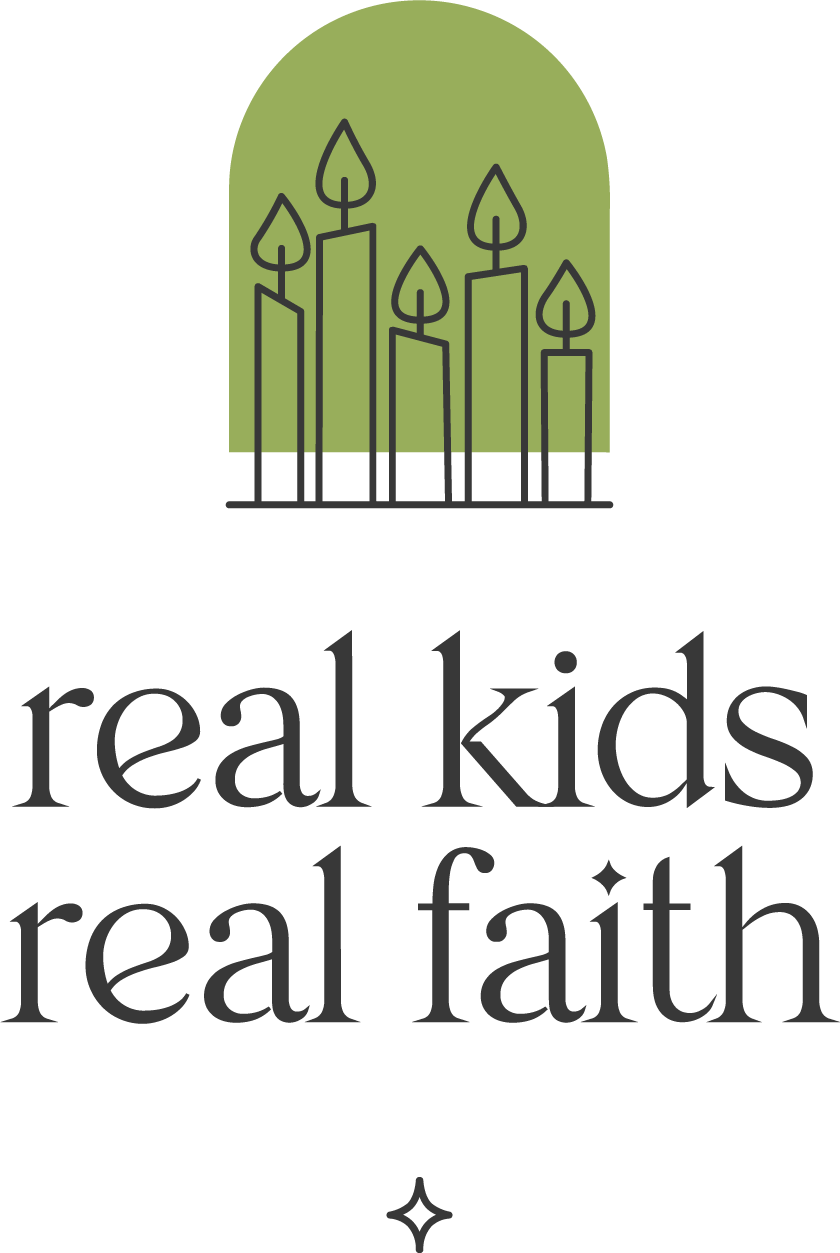“Do they bite?” asked Marcus* when we spotted a family of mule deer during a camping trip. Our group was excited and a little bit apprehensive as we observed the animals. Before long, the deer scampered away. Jacinda* remarked, “They’re more scared of us than we are of them.”
Margaux Meganck’s picture book, People Are Wild, turns the tables on humanity by imagining what animals think and feel when they look at people. They notice our messy faces and keep their distance from our loud playing. They laugh at the funny things we do. As you enjoy the story with children ages 3 and older, invite them to explore how taking the perspective of animals changes how they feel about and care for other creatures and themselves.
What do animals sense? The story animals peer at people from a variety of angles: over clifftops, through tall grasses, from the ocean depths. Practice experiencing the world as they do. Invite children to cup their ears to hear like a rabbit, sniff the air like a bear, or look around like a soaring bird. Share with one another the things you noticed from sensing your environment in a new way.
Who are you? The younger animals notice how unique each human child is. Ask children what interesting things an animal might notice about them. Encourage them to name serious and silly traits that a caterpillar or elephant or bat might notice. Then invite them to draw a picture of themselves with those characteristics emphasized.
How do we compare? Though first warned to keep clear of the “strange creatures”, some of the animal children notice how similar people are to them. Encourage children to observe the insects, birds, and animals in their community, using binoculars or a magnifying glass. Ask: How are you and these animals alike? What differences do you see? With older children, pick an animal to research and create a chart that shows the similarities and differences between them and their chosen species.
Energetic and calm? The animals conclude that people are noisy and energetic sometimes, quiet and calm other times. Invite children to participate in a ‘dance and drop party’. Play energetic music and dance around the room. Then pause the music and encourage children to drop to the floor and sit quietly, taking deep breaths. Model putting your hands on your chest and belly to feel the air moving through your body. After a minute of calm, start the music and dancing again. Alternate dancing and deep breathing 3-4 times. Then ask: How did your body feel while you were dancing? How did it feel when you were sitting quietly?
Can we share? The end of the book includes information about endangered animals and what threatens their habitats. Suggest that children pick an animal and search for more information about the challenges it faces. Together, brainstorm ways that they can share the earth with these creatures. For example, children might help clean up a local waterway, set up bird feeders to replace lost food sources, or reduce their use of paper goods to help prevent deforestation.
*These names are pseudonyms.

Comments